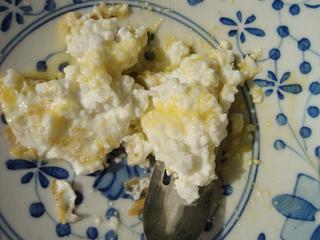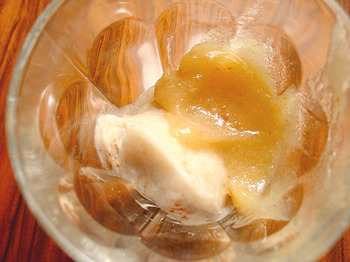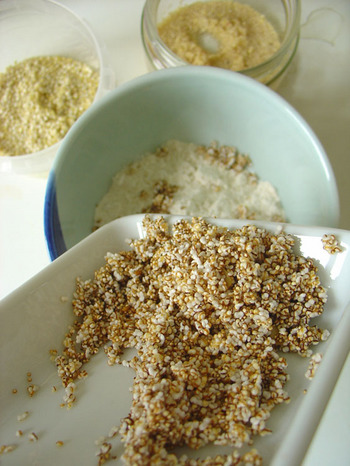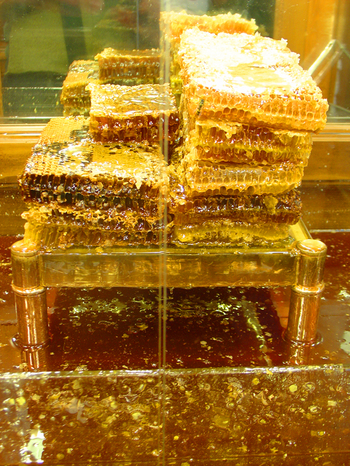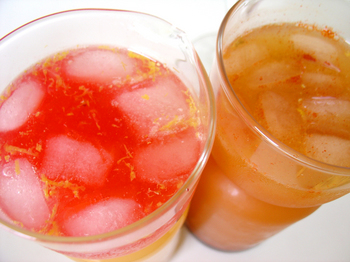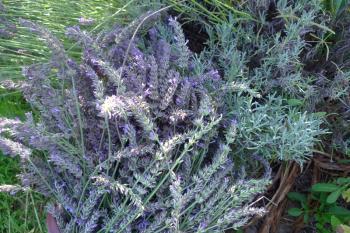Giving sustainability a bad name, the mediagenic 100 mile diet
June 30, 2005
Far be it from me to take the fun out of eating locally and sesasonally, and far be it from me to stop others from trying, but some folks are just giving sustainability a bad name.
I’m wondering about the media-genicity of the stupid experiment with the high Supersize Me-factor. Trading and industrialised food are as old as the hills.
A list of what is missing from this couple’s 100 mile experiment:
1. Common sense.
2. A good knowledge of gardening and sprouting. It is outright stupid to do this experiment w/o a garden. 80m2 per person for year round eating in agricultural zones 7-9 is plenty of land. And I sprout more seeds and grains than I can eat in Amsterdam apartment, which is located in the Polar Circle.
3. A lack of community with basic skills that includes farmers. Two people do not a community make. Easy food prep is difficult when you have so few people to prepare for the winter, hence the ridiculous effort to which these folks are subjecting themselves.
4. An unwillingness to eat a different diet. First Nation peoples were not vegans. WTF - strawberry jam? Eat something else for gawdssakes! If you simply MUST eat a bloody strawberry or a tomato in the dead of winter, you’ll need to dehydrate soft fruits in July.
5. A knowledge of traditional lines of trade. Ever heard of salt, fish and sugar? Trading salt is almost as old as the hills - which is why I mistrust this Supersize Me sort of media experiment from the outset. If one really wanted to know what it means to have this diet, they wouldn’t put bread on the North(west) American menu. Or just NOTE that grains/sugar are unavaillable for a year and spend the year experimenting what it’s like to live without. Or try growing some grain yourself. That’d be a laugh. People have been moving food and seeds around the world since forever. Plants are stationary, animals and people move around. Being aware of provenance doesn’t have to take on these proportions.
Here’s a list of some other things we could think about putting on our own dang 100 mile diet:
- detergents
- appliances
- hell, your drinking water may not come from within 100 miles
- try buying some clothes that were made from materials within 100 miles and that were made by people working within 100 miles
- buy a fuqn car that was made within 100 miles
- buy some fuqn petrol that came from within 100 miles
- buy some local birth control pills, some local condoms
- where’d your freezer come from?
- or your dehydrator?
Or, maybe the problem lies in all of that buying…
The 100 mile diet is giving sustainability a bad name. Check out the craziness.
The 100 mile website. Idiots.
debra at 9:12 | Comments (3) | post to del.icio.us
It was an accident
June 29, 2005
Puffed quinoa is delicious and has a surprising texture. I heated it in an a lightly oild pan but a paint stripper will do a better job in the future. The plan was a chapati with a puffed quinoa ‘layer’. That plan still needs a bit of work and I’m hoping that Harold McGee’s On Food and Cooking will help me sort out the differences between quinoa, sorghum and millet, water absorbtion, and the gelatinization of starch.
debra at 23:41 | Comments (5) | post to del.icio.us
City Food
wild and edible
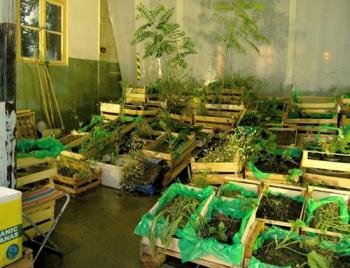
image courtesy Marjolijn Dijkman
It’s not an urban myth, edible food is growing wild in the city. In the Basel street where the artist initiative Filiale is located there are a myriad of little green grocers, representing just as many nationalities of people that populate the neighbourhood. Dijkman, de Jong and Herzog collected edible plants growing wild within the city of Basel, uprooted them, replanted them in pots and offered them for free in their City Food shop in the garage of Filiale. ‘Here, locally grown food, for free!’
This act was an investigation by the artists into the ‘natural resources’ of the city, and of the audience’s knowledge and perception of their under-the-radar local food supply. Very few visitors took home the plants that the artists had to offer. Some took offense, believing that the installation was a sarcastic joke about what is ‘local’. Many visitors, primarily those originally from abroad, were exceptionally knowledgeable about the edible treasures growing in and around Basel. Neighbours from West Africa began to explain the nutritive and medicinal attributes of the City Food assortment. An Italian neighbour recounted how in his home town, cooks often nip outside the kitchen to rush up a hillside and rip up some fresh herbs or leafy greens slash weeds to add to their soups and salads.
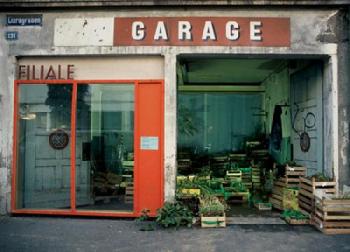
image courtesy Marjolijn Dijkman
Some of the visitors complained about the artists’ lack of knowledge about the local flora. Others were disappointed when they entered the ‘shop’ looking to buy food only to discover that all that was on offer was food they would ultimately have to grow themselves. That’s a lot of work for just a tiny heap of salad, especially when the greens look feeble in comparison to everything on offer at the other shops on the street.
City Food took place amidst a political climate in Switzerland in which a strong but vocal minority was attempting a ban on food imports in order to encourage Swiss farmers and their products. Sounds healthy? Sounds Right, right? The City Food project addressed the notion of ‘local’. But what is an indigenous plant and what is a weed? And who is local, and who will be considered forever a foreign element?

image courtesy Marjolijn Dijkman
City Food, M.Dijkman, A. de Jong, D. Herzog
Basel Switzerland, 2005
debra at 16:05 | Comments (0) | post to del.icio.us

